How to Overcome Fear of a Blank Canvas
Facing a blank canvas can feel like standing at the edge of a cliff, peering into the unknown. The canvas, pristine and untouched, holds endless possibilities, yet it can also evoke a sense of dread. This fear is not uncommon among artists and creatives alike. In fact, it’s a universal experience that can paralyze even the most seasoned creators. But fear not! The journey from a blank canvas to a masterpiece is not only achievable but can also be an exhilarating adventure. In this article, we will explore effective strategies and techniques to help you conquer that anxiety and transform your blank slate into a vibrant expression of your creativity.
Many artists experience fear when facing a blank canvas, and understanding the roots of this fear can be the first step in overcoming it. Psychologically, this fear often stems from a fear of failure or judgment. The pressure to create something extraordinary can be overwhelming, leading to self-doubt and hesitation. Think of it like standing in front of a blank page during an important exam; the fear of not knowing what to write can be paralyzing. This anxiety can hinder creativity, making it difficult to even pick up a brush or pencil. Recognizing that this fear is a common hurdle can help alleviate some of its power over you.
One of the most liberating realizations for any artist is that mistakes are an integral part of the creative process. Embracing imperfection allows you to let go of the need for everything to be perfect from the get-go. Imagine a world where every stroke of the brush or line of the pencil is celebrated, rather than critiqued. Accepting that not every creation will be a masterpiece can significantly reduce anxiety and encourage exploration. Instead of focusing on the end result, shift your attention to the act of creating itself. This mindset can open up a world of possibilities and innovations that you never thought possible.
Success in art is subjective, and redefining what it means to you can alleviate some of the pressure that comes with starting anew. Instead of measuring success by the accolades or recognition you receive, consider defining it in terms of personal satisfaction and growth. Ask yourself questions like, "Did I enjoy the process?" or "Did I learn something new?" By shifting your perspective, you can foster a more enjoyable creative experience that encourages you to take risks and try new techniques without the weight of external expectations.
Establishing achievable goals is crucial in managing expectations and maintaining motivation. Instead of aiming to complete a grand masterpiece in one sitting, break down your artistic journey into smaller, realistic goals. For example, you might set a goal to spend just 10 minutes sketching each day. This approach not only makes the task feel less daunting but also allows you to gradually build your confidence. Consider using the SMART criteria—Specific, Measurable, Achievable, Relevant, Time-bound—to guide your goal-setting process.
Recognizing and celebrating small achievements can significantly boost your confidence. Whether it’s completing a simple sketch or experimenting with a new color palette, take a moment to acknowledge your progress. This practice can create a positive feedback loop, motivating you to continue creating. Consider keeping a journal where you jot down your accomplishments, no matter how small. This way, you can look back and see how far you’ve come, reinforcing the idea that every step forward is a step worth celebrating.
Creating a consistent routine can help ease the fear of starting. Just like athletes train their bodies, artists can train their minds to embrace creativity. Establishing a creative schedule—perhaps dedicating specific times of the day to your art—can promote regular practice and comfort. Think of it as creating a safe space where your creativity can flourish. Over time, this routine can help diminish the anxiety associated with starting anew, transforming it into a habit that feels natural and fulfilling.
Now that we’ve explored some foundational strategies, let’s dive into practical techniques to initiate the creative process. Overcoming the initial barrier of a blank canvas can be as simple as engaging in activities that stimulate your imagination.
Engaging in freewriting or sketching can unlock your creativity and serve as a warm-up to overcome the fear of starting. Set a timer for five or ten minutes and let your thoughts flow onto the page without judgment. Similarly, allow your hand to move freely across the canvas, creating shapes and lines without a specific goal in mind. These methods can help you break through the mental block and get the creative juices flowing.
Art prompts and challenges can be fantastic tools to inspire creativity. Whether it’s a daily drawing challenge or a themed prompt, these ideas can help jumpstart the artistic process and spark new ideas. For example, you might challenge yourself to create a piece based on a specific color or emotion. By giving yourself a starting point, you reduce the pressure of coming up with an original idea from scratch, making it easier to dive in.
Q: What if I still feel stuck after trying these techniques?
A: It's completely normal to feel stuck sometimes. Try changing your environment, taking a break, or seeking inspiration from other artists. Sometimes, stepping away can provide clarity.
Q: How can I stay motivated during long projects?
A: Break your project into smaller tasks and set mini deadlines. Celebrate each completed task to maintain motivation and momentum.
Q: Is it okay to create art just for fun?
A: Absolutely! Creating art for enjoyment can alleviate pressure and reignite your passion for the craft.
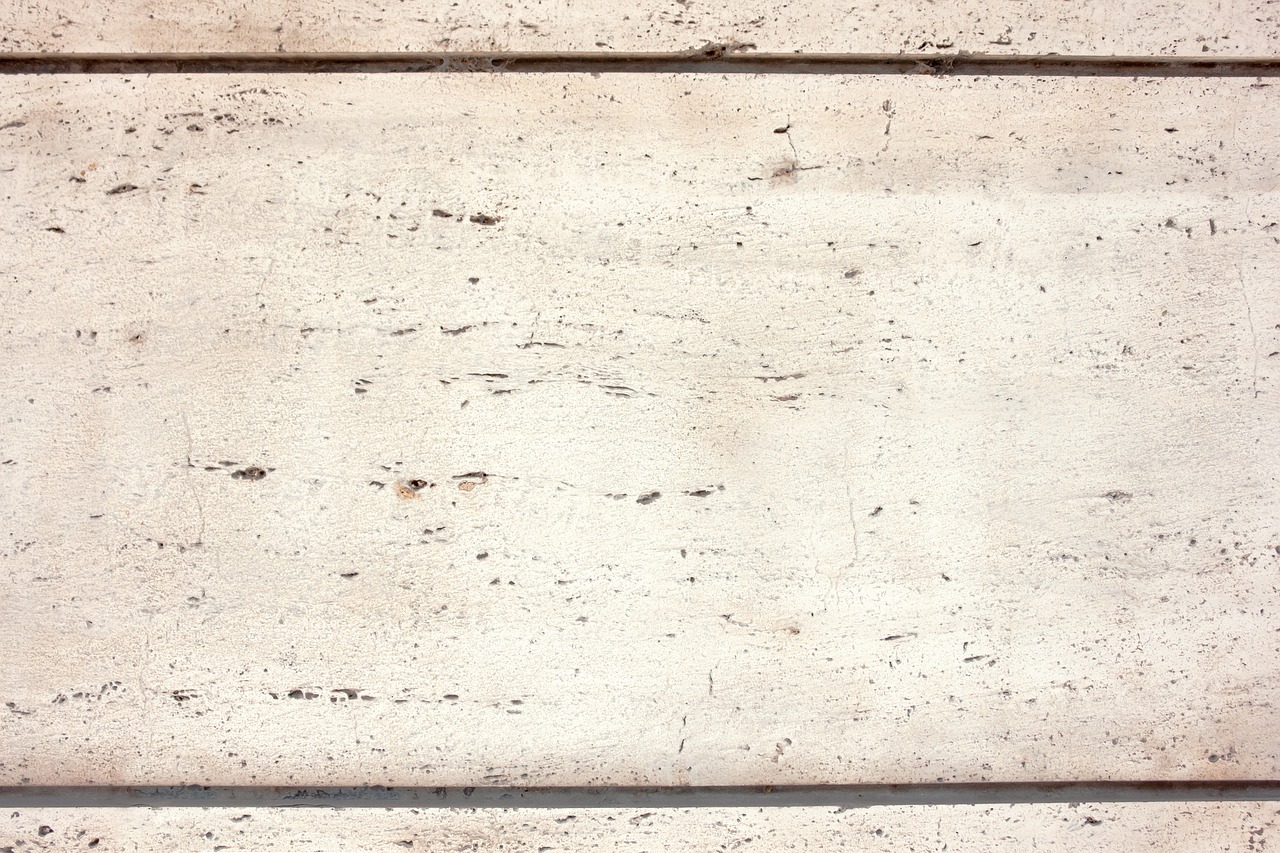
Understanding the Fear
Many artists find themselves paralyzed when confronted with a blank canvas. This fear can stem from various psychological factors that intertwine with our self-worth and creative identity. It's not just about the fear of making a mistake; it's about the fear of judgment, both from ourselves and others. When we look at that empty space, it can feel like an abyss, a daunting challenge that whispers insecurities and doubts. What if I can't create something beautiful? What if my ideas fall flat? These questions can echo loudly, creating a mental block that stifles creativity.
Understanding this fear is the first step toward overcoming it. For many, the blank canvas symbolizes not just a lack of ideas but a lack of validation. This pressure can lead to a vicious cycle where the more we fear the canvas, the less we create, which in turn feeds our fear. It's essential to recognize that this fear is a common experience among artists, and even the most celebrated creators have faced it. The key is to acknowledge it without letting it define our artistic journey.
Moreover, this fear often manifests in different forms, such as:
- Perfectionism: The belief that every stroke must be flawless can be paralyzing.
- Comparison: Comparing ourselves to other artists can lead to feelings of inadequacy.
- Fear of Failure: The idea that a failed attempt could tarnish our identity as an artist is daunting.
By understanding these underlying fears, artists can begin to dismantle them. Recognizing that these feelings are a natural part of the creative process can help to alleviate some of the pressure. Instead of viewing the blank canvas as a threat, it can be reimagined as a blank slate, full of potential and possibilities. This shift in perspective is crucial for moving forward and unlocking one's creative potential.
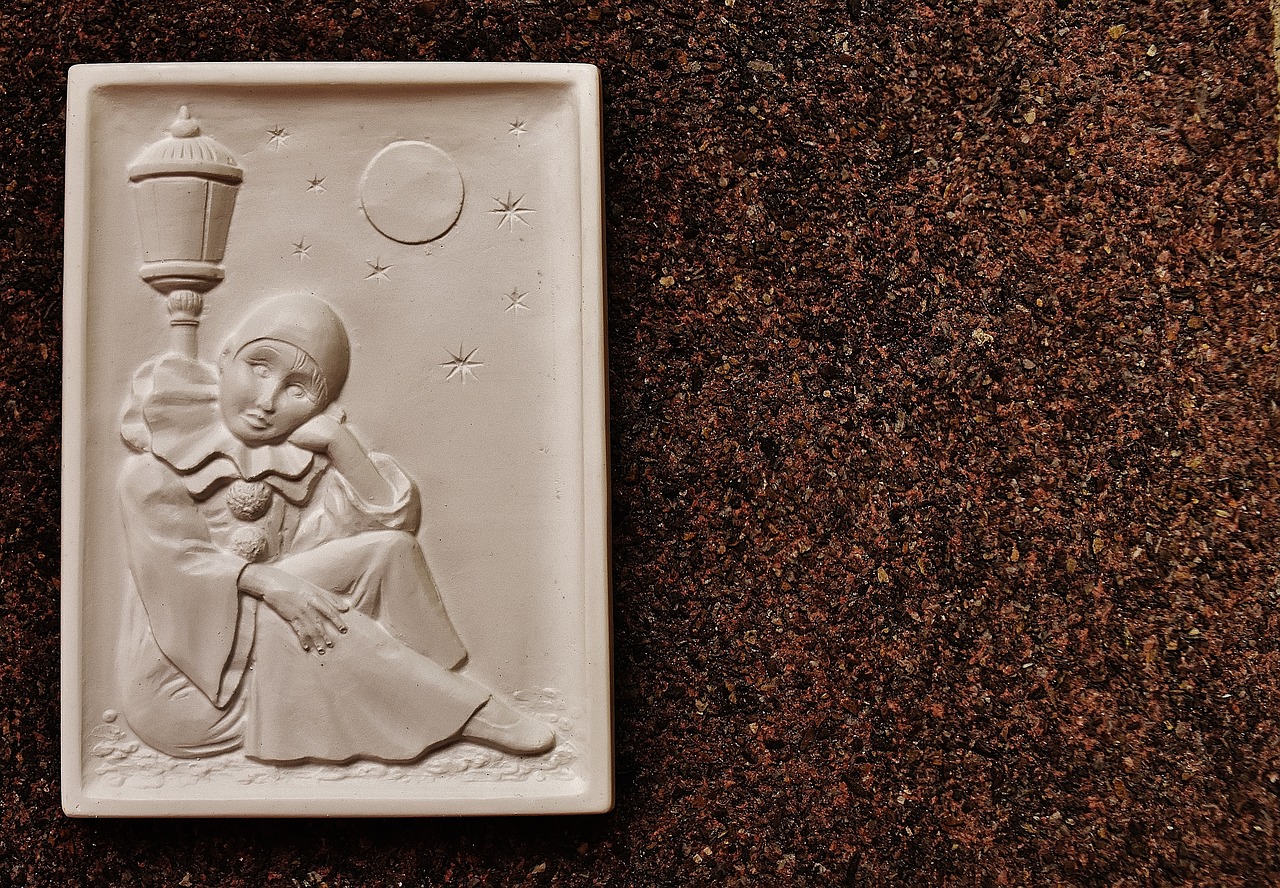
Embracing Imperfection
As artists, we often find ourselves trapped in the relentless pursuit of perfection. The fear of making mistakes can be paralyzing, especially when staring at that daunting blank canvas. But what if I told you that embracing imperfection could be your ticket to unleashing your true creative potential? Imagine standing at the edge of a cliff, ready to jump into the unknown. That leap of faith is where the magic happens! By accepting that mistakes are not just inevitable but also essential, we can transform our creative process into a more liberating and enjoyable experience.
Think of it this way: every great masterpiece has its flaws. Even the most celebrated artists, like Vincent van Gogh or Pablo Picasso, created works that were not perfect by conventional standards. Their willingness to explore, make mistakes, and break the rules is what makes their art resonate with so many. So, let's redefine our approach to creativity by shifting our mindset from seeking perfection to celebrating the beauty of imperfection.
When you embrace imperfection, you open the door to exploration and discovery. Instead of fearing mistakes, see them as opportunities to learn and grow. This shift in perspective can significantly reduce anxiety and encourage you to take risks in your work. Here are a few ways to start embracing imperfection:
- Let Go of Expectations: Release the pressure of producing a perfect piece. Allow yourself the freedom to experiment without the weight of expectations.
- Practice Mindfulness: Engage in mindfulness techniques to stay present during your creative process. This can help you appreciate the journey rather than focusing solely on the end result.
- Incorporate Mistakes: Instead of hiding your mistakes, incorporate them into your artwork. You might be surprised at how they can enhance your piece in unexpected ways.
Remember, creativity is not a straight path; it's a winding road filled with twists and turns. By embracing imperfection, you allow yourself to explore the full spectrum of your artistic capabilities. So, the next time you find yourself hesitating at the edge of that blank canvas, take a deep breath, remind yourself that perfection is an illusion, and dive in. You might just create something extraordinary!
Q: How can I start embracing imperfection in my art?
A: Begin by letting go of the need for perfection. Set small, achievable goals and focus on the creative process rather than the final product. Remember, every mistake can lead to new discoveries!
Q: What if I feel overwhelmed by the idea of making mistakes?
A: It's completely normal to feel overwhelmed. Try practicing mindfulness or meditation to help calm your mind. Take small steps and remind yourself that every artist faces challenges.
Q: Can embracing imperfection really improve my creative output?
A: Absolutely! Embracing imperfection opens you up to new possibilities and encourages experimentation. You'll likely find that your creativity flourishes when you release the fear of failure.

Redefining Success
When it comes to art, the term success can feel as elusive as a whisper in the wind. Many artists find themselves trapped in a cycle of comparison, measuring their worth against the achievements of others. But what if we flipped that script? Redefining success in your artistic journey can transform the way you approach your work, making it a more fulfilling experience. Instead of focusing solely on external validation, consider what success means to you personally.
Start by asking yourself a few key questions: What brings me joy in my creative process? Is it the act of creating itself, or the final product? Do I value the feedback of my peers, or do I find fulfillment in self-expression? By reflecting on these questions, you can begin to carve out your own definition of success, which might look something like this:
| Traditional Success Metrics | Redefined Success Metrics |
|---|---|
| Winning awards | Enjoying the creative process |
| Gaining followers | Connecting with a small audience |
| Creating perfect pieces | Experimenting and learning |
| Making money | Finding personal satisfaction |
By shifting your focus from traditional success metrics to those that resonate with your personal values, you can alleviate some of the pressure that often accompanies the creative process. This change in perspective allows you to embrace your artistic journey without the weight of unrealistic expectations. Remember, art is not just about the end product; it’s about the journey and the stories you create along the way.
Moreover, redefining success can also involve setting smaller, achievable goals. Instead of aiming for a masterpiece right out of the gate, consider setting goals like experimenting with a new medium, completing a sketch a day, or simply dedicating time to doodle. Each small victory can serve as a stepping stone, leading you toward a more profound sense of accomplishment.
In essence, redefining success in your artistic pursuit is about shifting your mindset. It’s about celebrating the little things and finding joy in the process rather than just the outcome. So, the next time you sit down in front of a blank canvas, remind yourself that it’s not about perfection; it’s about expression. And that, my friend, is where true success lies.
- What if I still feel pressure to succeed? It's completely normal to feel pressure, but remember to focus on your personal goals and what makes you happy in your art.
- How can I measure my progress? Keep a journal of your artistic journey, noting down your feelings, completed projects, and what you learned along the way.
- Can I redefine success multiple times? Absolutely! Your definition of success can evolve as you grow and change as an artist.
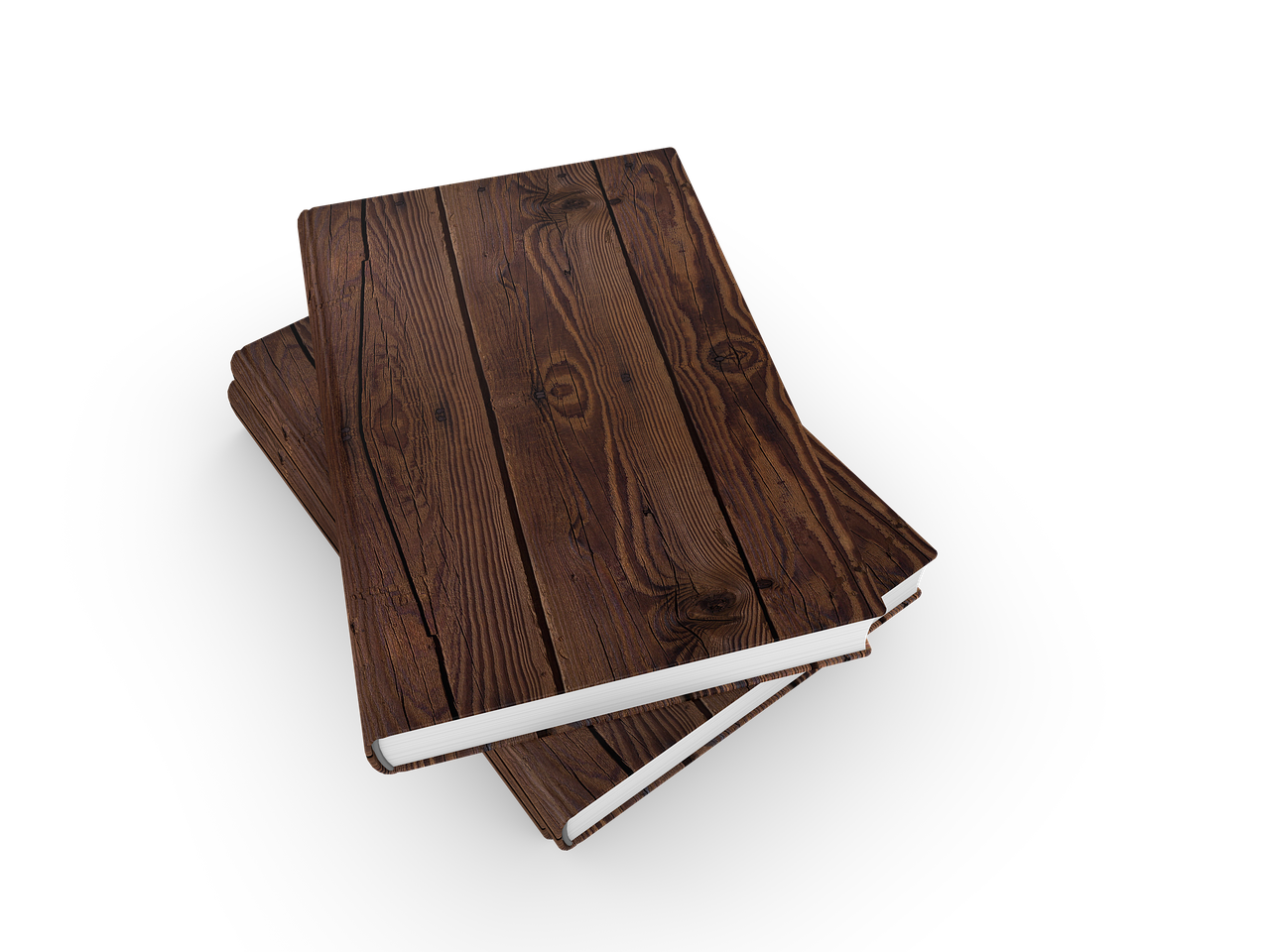
Setting Realistic Goals
When it comes to art, setting realistic goals is like laying a strong foundation for a house. You wouldn’t build a skyscraper on shaky ground, right? Similarly, without a solid plan, your creative journey can feel overwhelming and aimless. By establishing achievable goals, you can transform the daunting task of starting a new project into a series of manageable steps that lead to success. Think of it as breaking a large pizza into slices; each bite is easier to handle and more enjoyable!
Start by identifying what you want to accomplish. Are you aiming to complete a painting, learn a new technique, or perhaps explore a different medium? Whatever it is, write it down. Documenting your goals not only clarifies your intentions but also serves as a motivational reminder. Here are a few tips to help you set those realistic goals:
- Be Specific: Instead of saying, "I want to paint more," try "I will paint one small canvas every week." This specificity gives you a clear target.
- Make It Measurable: Set goals that you can track. For example, "I will dedicate 30 minutes each day to sketching." This way, you can see your progress.
- Keep It Attainable: While it’s great to dream big, ensure your goals are within reach. If you’re a beginner, don’t set a goal to create a masterpiece overnight.
- Relevance Matters: Your goals should resonate with your artistic aspirations. If you love landscapes, focus on that rather than forcing yourself to paint portraits.
- Time-Bound: Give yourself deadlines. A goal like "I will finish this painting by the end of the month" creates a sense of urgency and motivation.
Once you’ve set your goals, it’s essential to revisit and adjust them as needed. Life can throw curveballs, and sometimes our creative paths take unexpected turns. By being flexible, you can adapt your goals to fit your current situation without feeling defeated. It’s all about progress, not perfection.
Moreover, consider breaking larger goals into smaller milestones. Imagine you’re climbing a mountain; each step brings you closer to the summit. Celebrate these milestones along the way! Perhaps after completing your first small canvas, treat yourself to a new set of paints or a cozy evening with your favorite art book. These rewards can keep your motivation high and remind you that every step forward is worth celebrating.
Lastly, remember that the journey of setting goals is as important as achieving them. Each brush stroke, each sketch, and each moment spent creating is a part of your unique artistic story. So, embrace the process, set those realistic goals, and watch as you transform your blank canvas into a vibrant tapestry of creativity!
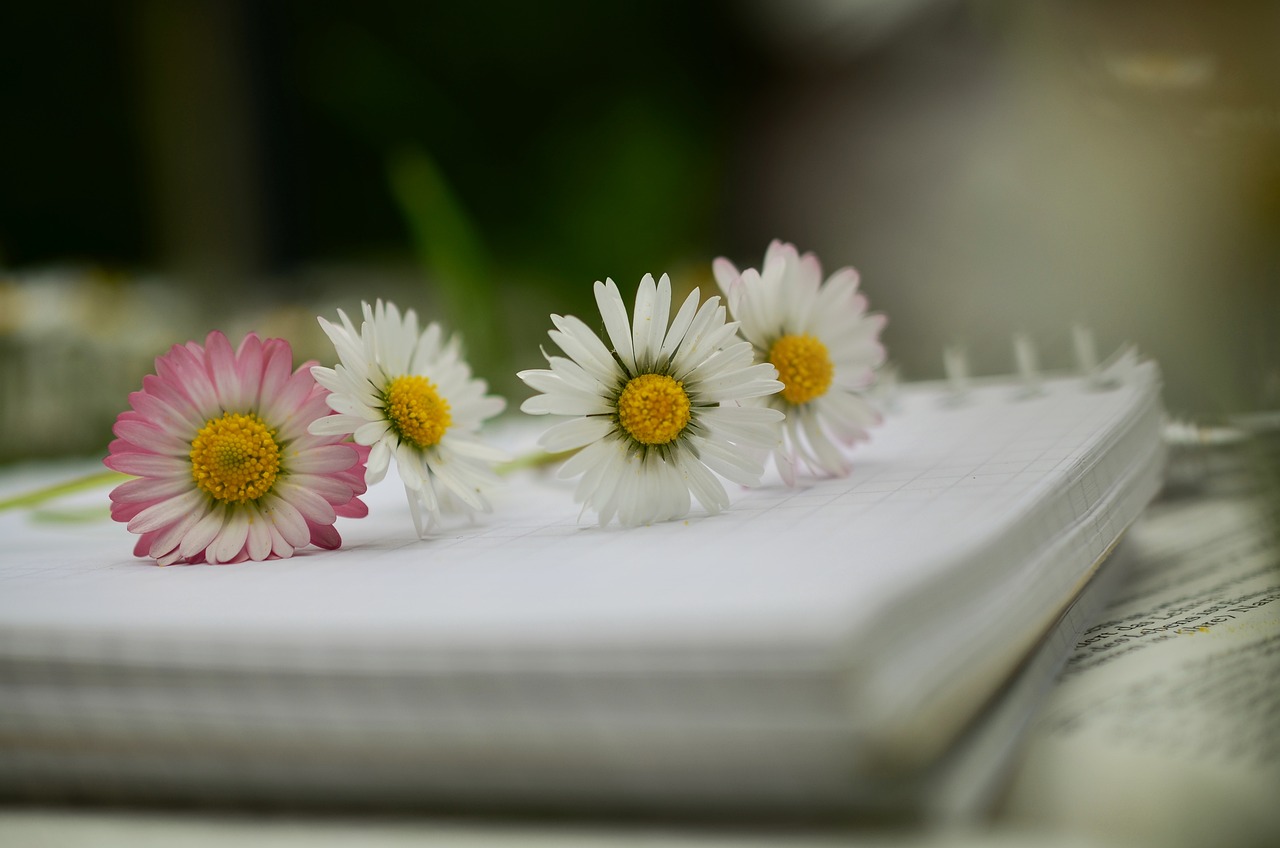
Celebrating Small Wins
When it comes to the creative process, it’s all too easy to focus on the end goal and overlook the small victories along the way. Celebrating small wins is not just a feel-good exercise; it’s a vital part of nurturing your creativity and building confidence. Imagine you’re climbing a mountain. Each small step you take is a victory that brings you closer to the summit. If you only focus on reaching the peak, you might miss the beauty of the journey and the strength you’re building with every step.
So, what exactly constitutes a small win in the context of art? It could be anything from completing a sketch, experimenting with a new color palette, or even just sitting down to create when you’d rather binge-watch your favorite show. These moments are worth celebrating! They are milestones that deserve recognition, and acknowledging them can significantly enhance your motivation and enthusiasm for your craft.
To help you embrace this practice, consider keeping a Creative Journal. In it, you can jot down your daily achievements, no matter how minor they may seem. Reflecting on these small wins can provide a sense of accomplishment and serve as a reminder of your progress. Here’s a simple structure for your journal:
| Date | Small Win | Reflection |
|---|---|---|
| October 1 | Completed a sketch of a flower | Felt great to experiment with shapes! |
| October 2 | Mixed a new color | Excited to use it in my next painting! |
Additionally, don’t hesitate to share your small victories with friends or fellow artists. This could be through social media, art communities, or even just a casual chat over coffee. Sharing your successes not only reinforces your achievements but also inspires others to recognize their own small wins. Remember, the creative journey is not a solo endeavor; it thrives in a community where support and encouragement flow freely.
Finally, consider rewarding yourself for these achievements. Treat yourself to something special, whether it’s a new art supply, a favorite snack, or some well-deserved downtime. By creating a positive association with your progress, you’ll be more inclined to keep pushing forward in your artistic endeavors. After all, every small win is a stepping stone towards greater creativity and fulfillment.
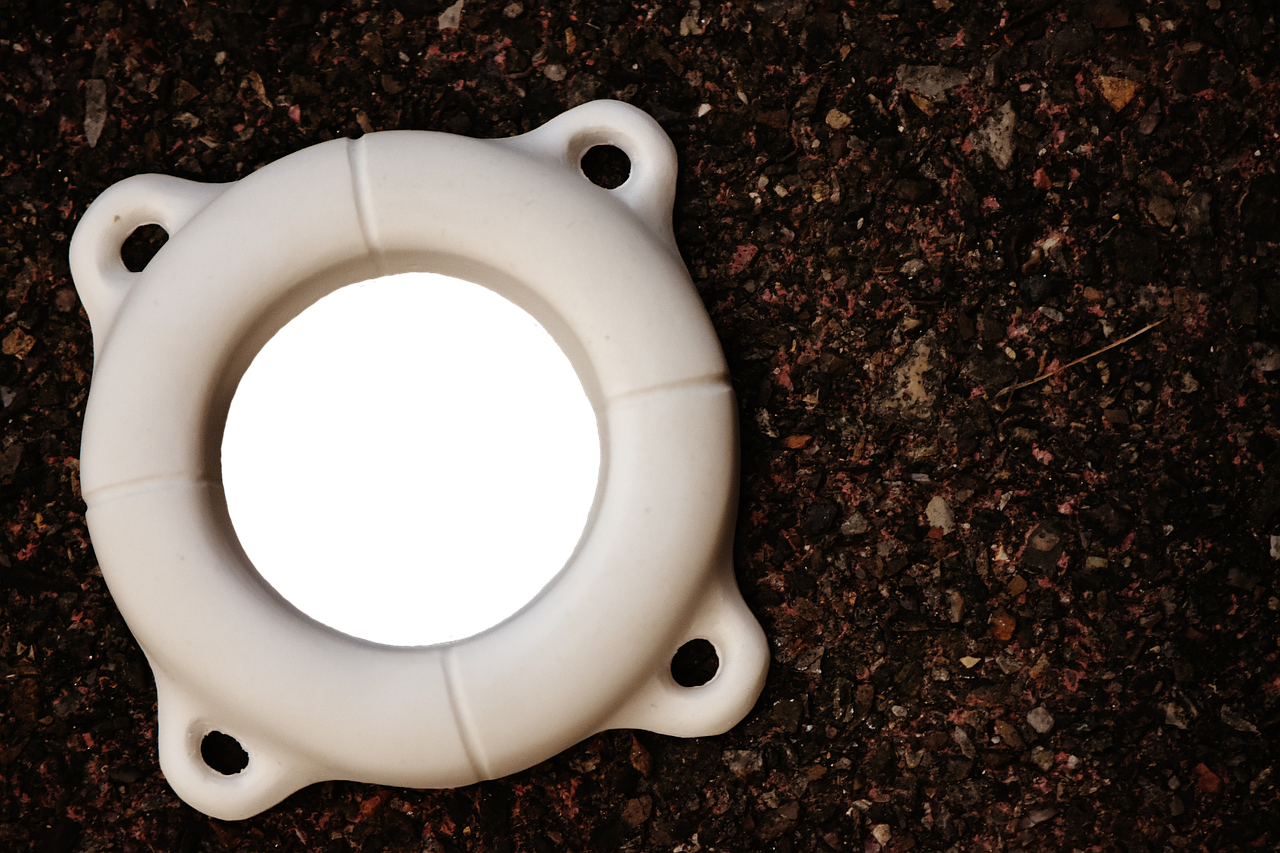
Developing a Routine
Establishing a creative routine is like laying down the tracks for a train; it guides your artistic journey and helps you stay on course, even when the landscape gets a bit rocky. When you face the daunting blank canvas, a routine can serve as your safety net, providing a structured approach that alleviates anxiety and promotes creativity. Think of it as your daily ritual—something that becomes second nature over time. But how do you create this routine that works for you?
First, consider the time of day when you feel most inspired. Are you a morning person who thrives in the quiet hours, or do you find your creativity surges late at night? Identifying your peak creative times is crucial. Once you pinpoint these moments, carve out dedicated time slots in your schedule. It doesn’t have to be a marathon session; even short bursts of focused creativity can yield significant results. For instance, you might start with just 30 minutes a day, gradually increasing as you become more comfortable.
Next, think about the environment where you create. Your workspace should be a sanctuary that stimulates your imagination. Whether it’s a cozy corner in your home, a bustling café, or an art studio, ensure that it reflects your personality and inspires you. Surround yourself with materials that excite you—paints, brushes, sketchbooks, or whatever fuels your artistic fire. A well-organized space can reduce distractions and help you get into the right mindset.
To make your routine even more effective, consider incorporating warm-up exercises. Just like athletes stretch before a big game, artists can benefit from engaging in quick, low-pressure activities to get the creative juices flowing. This might include:
- Freewriting for ten minutes
- Sketching random shapes or doodles
- Experimenting with color swatches
These activities can serve as a gentle introduction to your main project, easing you into the creative process without the pressure of perfection.
Lastly, don’t forget to be flexible. Life happens, and sometimes your routine may need to shift. The key is to remain committed to your creative practice, even if it means adjusting your schedule or trying new methods. Embrace the journey and allow your routine to evolve with you. Remember, the goal is not just to produce art but to enjoy the process of creating. So, take a deep breath, put on your favorite playlist, and let the magic happen!
Q: How long should my creative routine be?
A: It can vary! Start with 30 minutes and adjust as needed. The important thing is consistency.
Q: What if I don't feel inspired during my routine?
A: That’s completely normal! Use warm-up exercises to help kickstart your creativity.
Q: Can I change my routine?
A: Absolutely! Flexibility is key. Adjust your routine as you discover what works best for you.
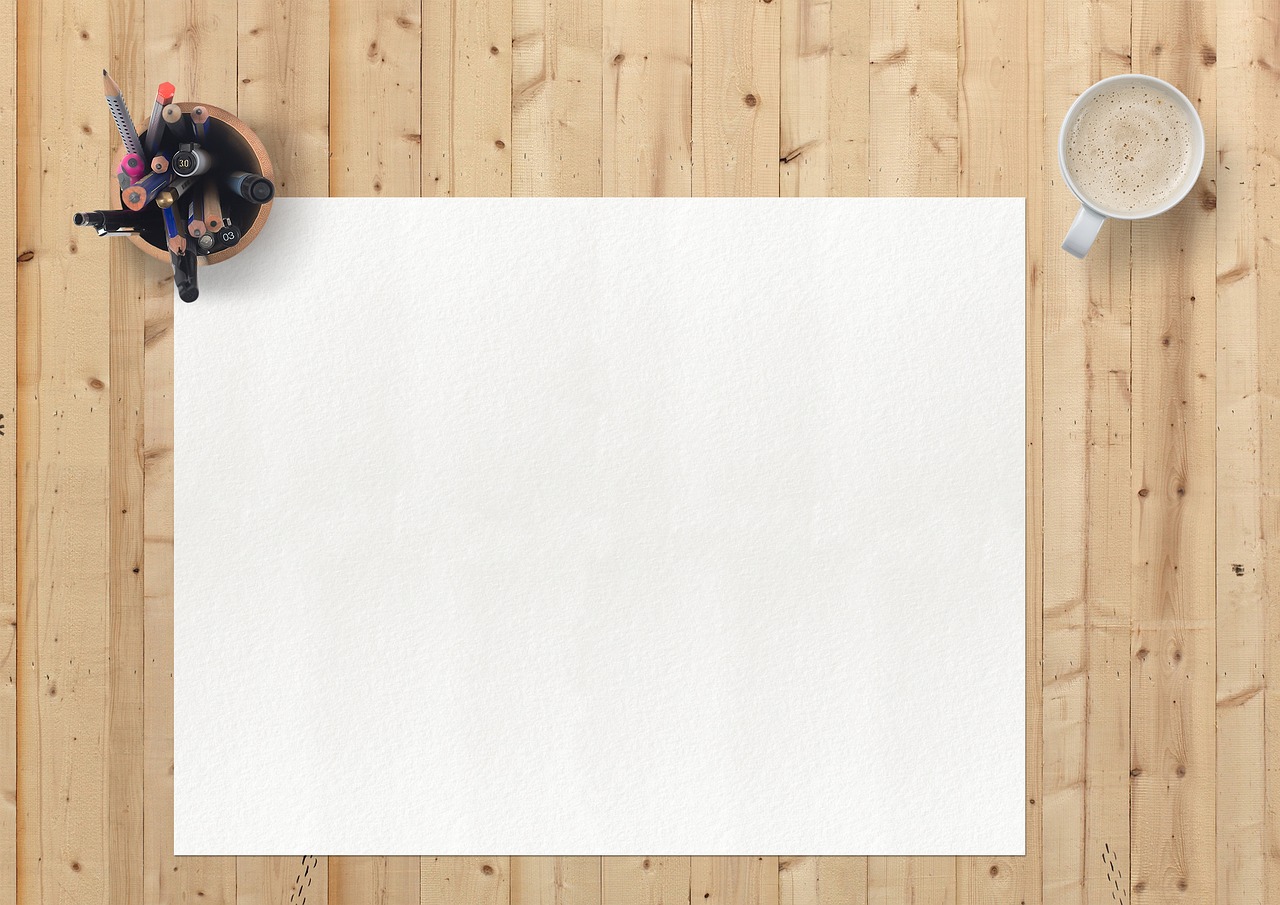
Techniques to Get Started
When it comes to overcoming the fear of a blank canvas, having a few practical techniques at your disposal can make all the difference. It's like standing at the edge of a diving board, heart racing, but knowing that a splash of creativity awaits you below. The key is to take that leap, and these techniques will help you do just that. First up, let’s talk about freewriting and sketching. These activities serve as fantastic warm-ups that can unlock your creative potential. Think of them as the gentle stretching before a big race; they prepare your mind and body for the creative journey ahead.
Freewriting is simple: grab a notebook or open a blank document and let your thoughts flow without stopping to edit or judge. Set a timer for 10 minutes and write whatever comes to mind. This process can help you bypass your inner critic and tap into your subconscious. Similarly, sketching can be a spontaneous way to express ideas visually. You don’t need to create a masterpiece; just doodle or sketch whatever pops into your head. The goal here is to warm up those creative muscles and ease into the flow of making art.
Another effective technique is using prompts and challenges. These can serve as a creative catalyst, helping you kick-start your artistic process. For instance, you might choose a theme, color palette, or even a specific object to draw or paint. Here are a few examples of prompts you could use:
- Draw your favorite place in the world.
- Create a piece inspired by a song you love.
- Use only three colors to express an emotion.
By giving yourself a specific focus, you can reduce the overwhelming feeling that often accompanies a blank canvas. Think of these prompts as your guiding stars, leading you through the vast universe of creativity.
Additionally, you might consider participating in art challenges that are popular on social media platforms. These challenges often have daily or weekly themes, encouraging you to create regularly and share your work with a community. This not only holds you accountable but also provides a space for feedback and inspiration from fellow artists.
Lastly, remember that the journey of creativity is not a straight path; it’s a winding road filled with surprises. Don't be afraid to take detours! Experiment with different mediums, styles, and techniques. Sometimes the best ideas come from unexpected places. So, grab that brush or pencil, and let your imagination run wild. You never know what might emerge from that blank canvas!
Q: How can I overcome the fear of starting a new project?
A: Start with small, manageable tasks. Techniques like freewriting or sketching can help warm up your creativity and reduce anxiety.
Q: What if I don't know what to create?
A: Use prompts or challenges to inspire your work. They can provide direction and spark new ideas.
Q: Is it okay to make mistakes while creating?
A: Absolutely! Embracing imperfection is part of the creative process. Mistakes can lead to unexpected discoveries.
Q: How can I stay motivated to create regularly?
A: Establish a routine and celebrate small wins. Setting realistic goals and acknowledging your progress can keep you motivated.
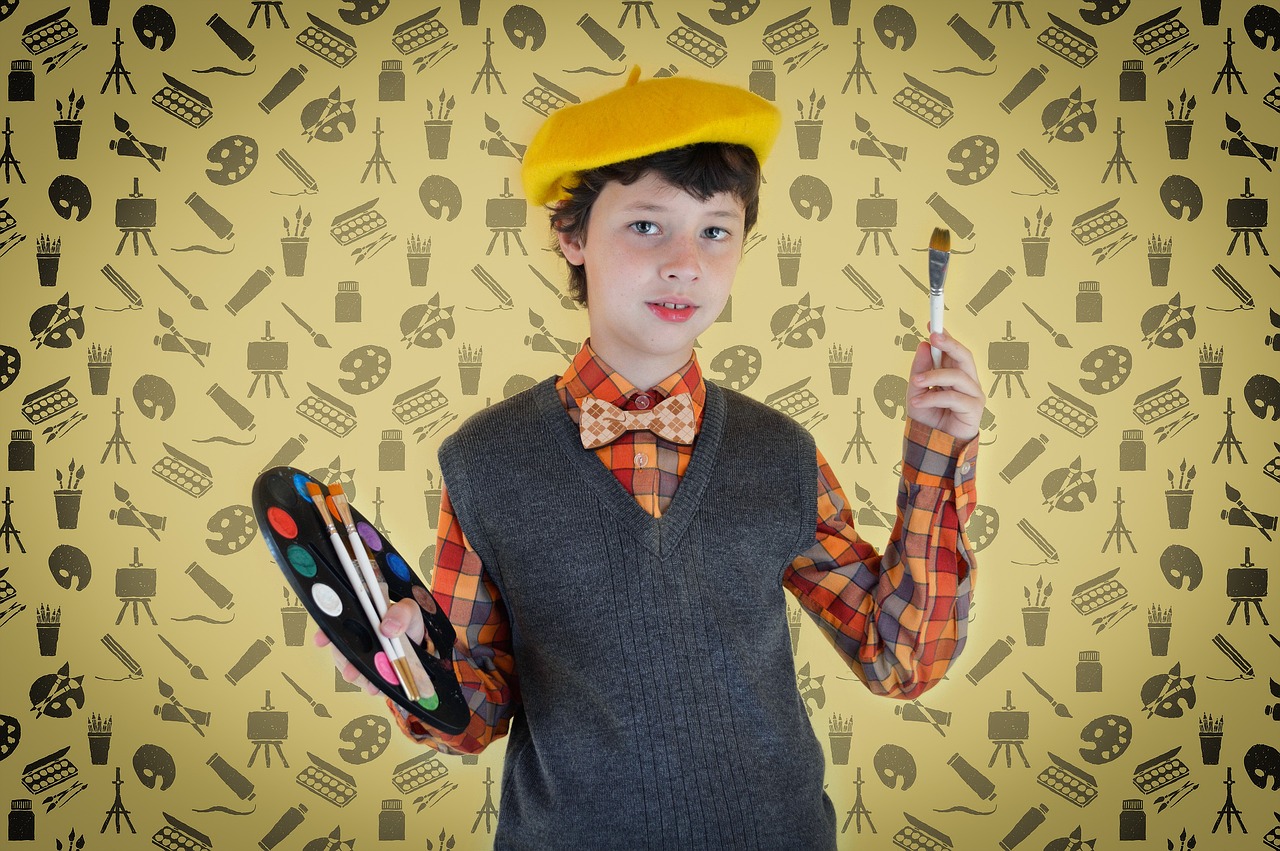
Freewriting or Sketching
When it comes to overcoming the daunting fear of a blank canvas, freewriting and sketching are two powerful techniques that can serve as your creative warm-up. Imagine standing at the edge of a vast ocean, the waves crashing against the shore, and you’re hesitant to dive in. Freewriting and sketching are like that first splash of water on your feet, easing you into the depths of creativity. These methods allow you to let go of the pressure of perfection and simply create.
Freewriting involves letting your thoughts flow onto the page without worrying about grammar, structure, or even coherence. It’s about releasing your inner critic and allowing your ideas to take shape. Set a timer for ten minutes and write whatever comes to mind. You might be surprised at what emerges! This practice can help clear your mental clutter, making space for new ideas. Think of it as a mental detox, flushing out the fears and doubts that hold you back.
On the other hand, sketching can serve a similar purpose. Grab a pencil and paper, and just start drawing. It doesn’t matter if your lines are shaky or your proportions are off. The goal is to engage your hand and mind in a playful manner. You might find that as you sketch, your mind begins to wander, and new ideas start to flow. It’s like planting seeds in a garden; you never know what might bloom until you start digging!
Both freewriting and sketching can be done anywhere. Whether you’re at home, in a café, or even in a park, these activities require minimal tools and can be incredibly freeing. Here’s a quick comparison of the two:
| Technique | Description | Benefits |
|---|---|---|
| Freewriting | Writing continuously without worrying about errors. | Clears mental block, sparks new ideas, and reduces self-judgment. |
| Sketching | Drawing freely without concern for the final product. | Encourages visual thinking, enhances hand-eye coordination, and fosters creativity. |
As you incorporate these practices into your routine, you’ll find that they not only help you overcome the fear of starting but also enhance your overall creative process. They’re like warm-up exercises before a big game—essential for getting you in the zone. So, the next time you find yourself staring at a blank canvas, remember to grab a pen or pencil and just let it flow. Your creativity is waiting to burst forth!
- What if I don’t know what to write or draw?
Don't worry! Just start with whatever comes to mind, even if it seems trivial. The point is to get your thoughts flowing. - How long should I spend on freewriting or sketching?
A good start is 10-15 minutes. Set a timer and focus solely on the task during that time. - Can I combine freewriting and sketching?
Absolutely! Many artists find that alternating between writing and drawing can lead to unexpected and exciting results.
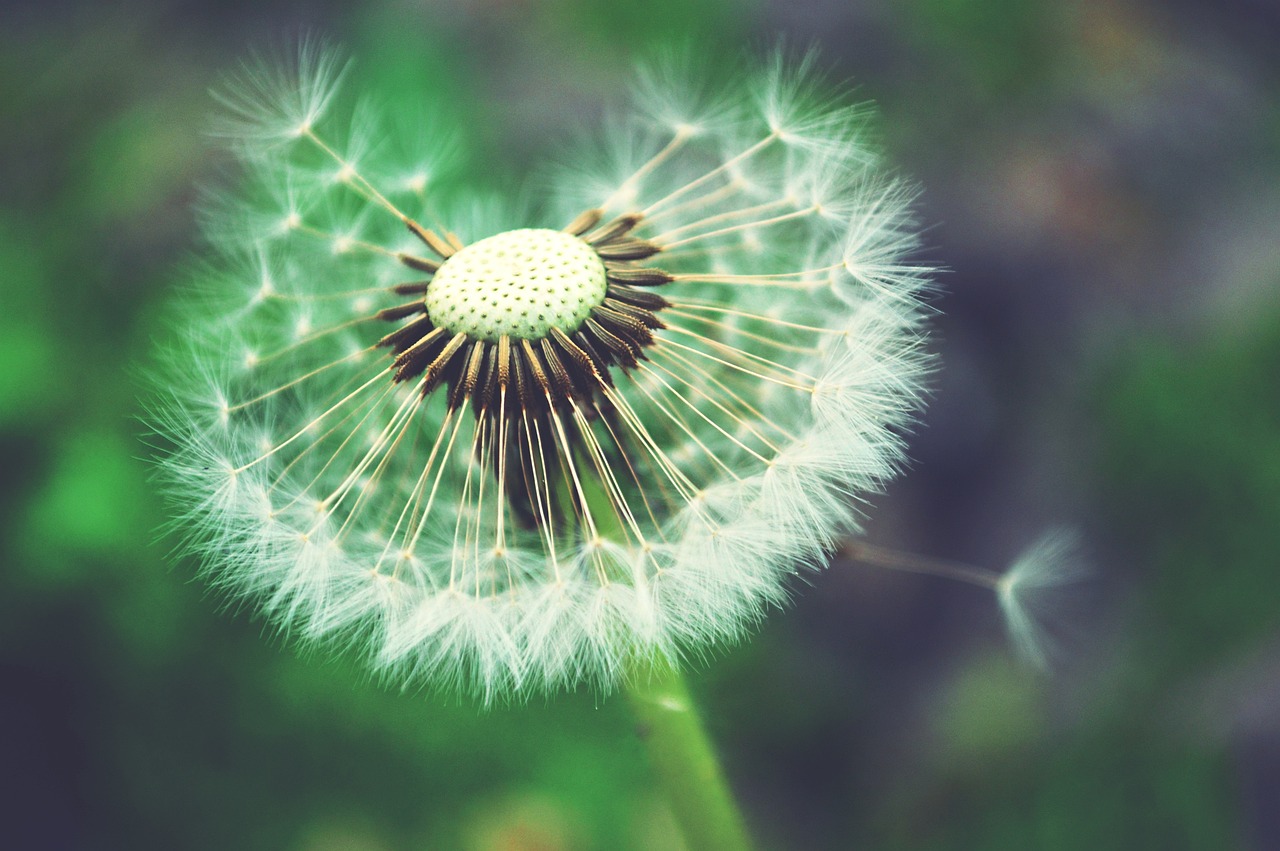
Using Prompts and Challenges
When it comes to breaking the ice with a blank canvas, prompts and challenges can be your best friends. Think of them as little nudges that push you out of your comfort zone and into the vibrant world of creativity. Sometimes, all it takes is a single word, a phrase, or a theme to ignite that spark within you. Have you ever stared at a blank page, feeling utterly lost? You’re not alone! Many artists find themselves in this very predicament, but the good news is that there are countless resources available to help you get started.
Art prompts can range from simple concepts like “draw your favorite animal” to more complex themes like “illustrate a dream you had last night.” The beauty of using prompts lies in their ability to eliminate the pressure of coming up with something original on your own. By providing a starting point, prompts allow you to focus on the act of creating rather than the fear of producing a masterpiece. It’s like having a map when you’re lost in a new city; it guides you to your destination without overwhelming you with choices.
Challenges, on the other hand, can add a fun competitive edge to your creative endeavors. Participating in art challenges, whether they’re daily, weekly, or monthly, can keep your creative juices flowing. For instance, the popular “Inktober” challenge encourages artists to create an ink drawing every day for the month of October based on specific prompts. This not only helps you practice regularly but also connects you with a community of artists who share the same goal. Imagine the camaraderie that builds when you all tackle similar challenges together!
Here are a few types of prompts and challenges that you can try:
- Word Prompts: Choose a random word and create a piece of art inspired by it.
- Color Challenges: Limit yourself to a specific color palette and see what you can create.
- Theme Days: Dedicate each day of the week to a different theme, such as “Nature Mondays” or “Fantasy Fridays.”
- Collaboration Challenges: Team up with another artist to create a piece together, sharing ideas and styles.
Using these prompts and challenges, you can transform the daunting blank canvas into a playground of possibilities. Not only do they help you overcome the initial fear of starting, but they also encourage you to explore different styles, techniques, and ideas that you might not have considered otherwise. Think of each prompt as a stepping stone on your artistic journey, guiding you toward new discoveries and personal growth.
So, the next time you find yourself staring at a blank canvas, remember that inspiration is just a prompt away. Embrace the challenges, have fun, and let your creativity flow without fear!
Q: What if I don't like the prompt I choose?
A: That's perfectly okay! Feel free to modify the prompt or use it as a jumping-off point for your own ideas. The goal is to spark creativity, not to restrict it.
Q: How do I find prompts and challenges?
A: There are many online platforms, social media groups, and art communities that regularly share prompts and challenges. Websites like Instagram and Pinterest can be great sources of inspiration.
Q: Can prompts help me develop my style?
A: Absolutely! Regularly engaging with different prompts can help you experiment with various techniques and themes, ultimately leading to the development of your unique artistic style.
Frequently Asked Questions
- What causes the fear of a blank canvas?
The fear of a blank canvas often stems from the pressure to create something perfect or meaningful. Many artists feel overwhelmed by the expectations they place on themselves, leading to anxiety and self-doubt. This psychological barrier can hinder creativity and make it challenging to start new projects.
- How can I embrace imperfection in my artwork?
Embracing imperfection involves acknowledging that mistakes are a natural part of the creative process. Instead of striving for perfection, focus on the journey of creating. Allow yourself to experiment and play with your art without the fear of making errors; this can lead to unexpected and beautiful results.
- What does redefining success in art mean?
Redefining success in art means shifting your perspective from external validation to personal fulfillment. Instead of measuring your worth as an artist by accolades or sales, consider success as the joy of creating, learning, and expressing yourself. This mindset can reduce pressure and enhance your overall creative experience.
- How do I set realistic goals for my artistic journey?
To set realistic goals, start by breaking down your larger ambitions into smaller, manageable tasks. Consider what you can realistically achieve in a given timeframe and celebrate those milestones. This approach not only helps you stay focused but also builds momentum and confidence as you progress.
- Why is it important to celebrate small wins in art?
Celebrating small wins is crucial because it boosts your confidence and motivation. Acknowledging progress, no matter how minor, reinforces positive behavior and encourages you to keep creating. It transforms the artistic journey into a series of enjoyable moments rather than an overwhelming challenge.
- What are some techniques to get started on a new project?
Techniques like freewriting or sketching can help you overcome the initial barrier of a blank canvas. These methods serve as warm-ups to stimulate your creativity and get your ideas flowing. Additionally, using art prompts or challenges can inspire new concepts and push you to explore different styles and themes.
- How can I develop a consistent creative routine?
Developing a consistent creative routine involves setting aside dedicated time for your art practice. Start small by committing to a specific time each day or week, and gradually increase it as you become more comfortable. This regularity not only eases the fear of starting but also helps you cultivate a habit of creativity.



















